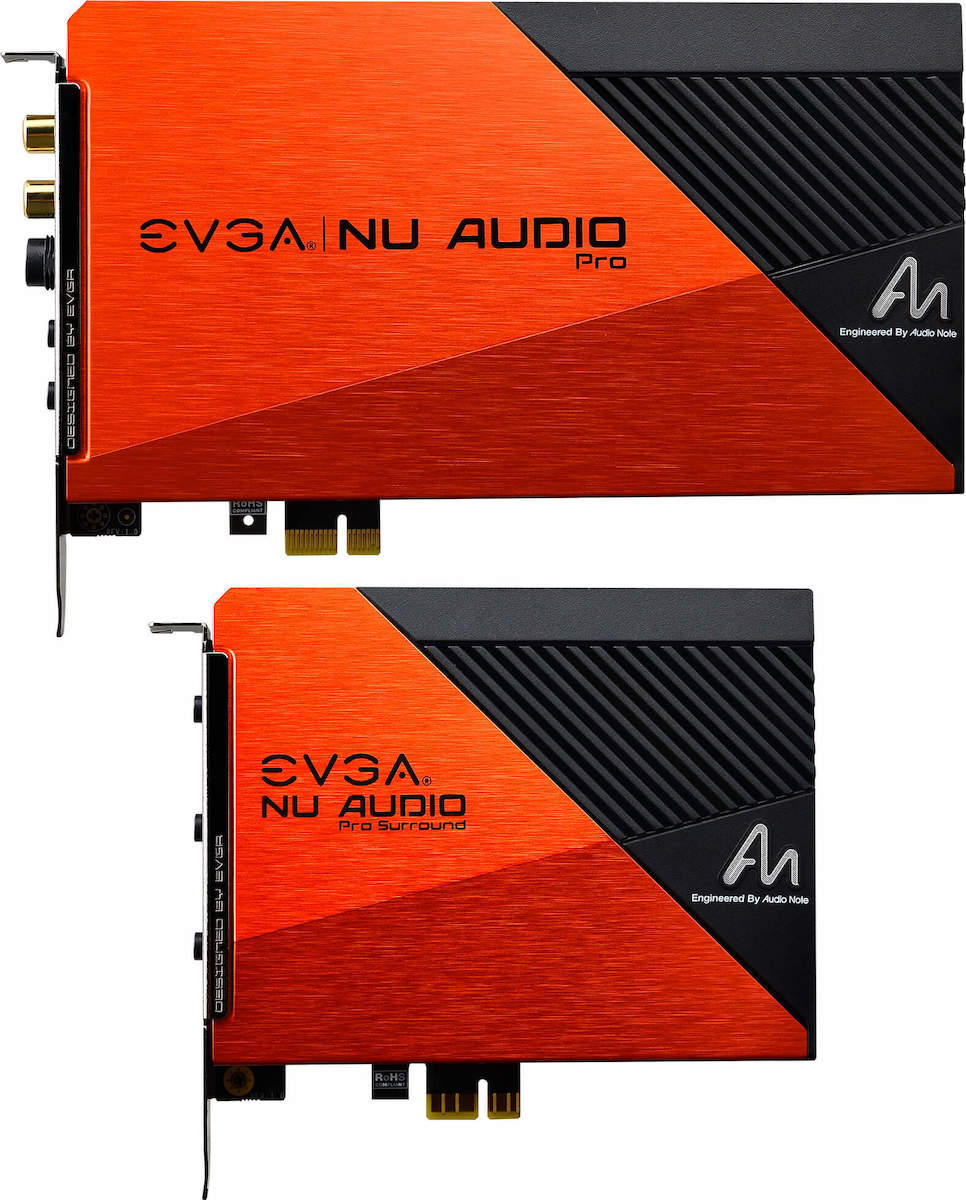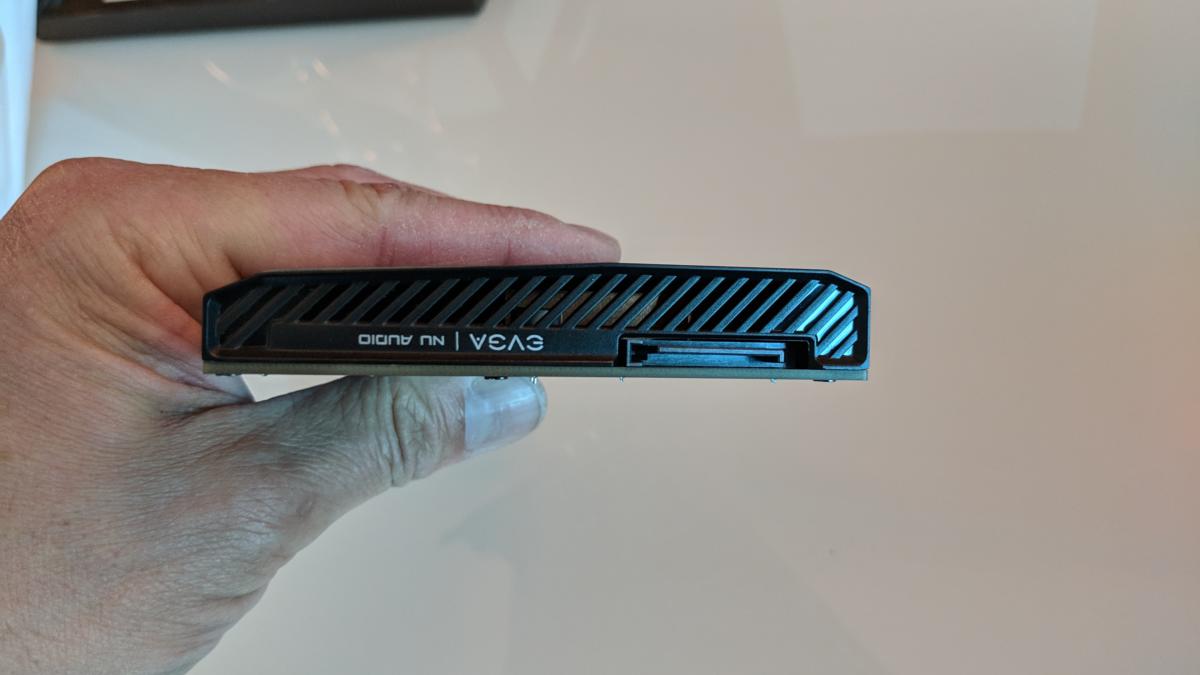
Audio Note makes power amplifiers, integrated amplifiers, pre-amps, loudspeakers, DACs, audio cables, turntables, and CD players.

It should be noted that the engineering for the sound card was done by Audio Note, an English company with close to 20 years of experience in the higher end of the hi-fi business. There's really not much for me to add in terms of the boxed contents, general design, or layout of the card and its PCB, or the hardware EVGA decided to use for the PCB. One went through the diligent hands of the one and only VSG, so please refer to his excellent and thorough unboxing and preview ( available here) to see the ins and outs of the EVGA's NU Audio sound card. If it's not available, you'll have to plug your active speakers into the already amplified 3.5 mm audio output and deal with double amplification, along with everything that comes with it-signal distortion and damage to your components.ĮVGA was kind enough to provide us with two samples of the NU Audio sound card. A line output is another feature not all DAC/amps include, but most sound cards do.
#Evga nu audio software
What a fully fledged sound card such as the EVGA NU Audio will offer you and a DAC/amp won't is a dedicated microphone input and a software solution you could potentially use to tailor the sound performance of your speakers and headphones to your liking. While all of them are nice upgrades to the sound quality of your headphones or speakers, those aren't "real" sound cards. A Schiit stack (Magni + Modi) will cost you around $200, the JDS Labs O2+ODAC combo comes to around $290, Cambridge Audio sells its DacMagic 100 for $200, AudioQuest wants around $200 for the excellent DragonFly Red, and less-known Asian brands, such as FiiO, offer some very interesting choices for less than $100 (the fan-favorite FiiO E10K currently goes for about $75). Yes, there are plenty of excellent DAC/amps available in the $250 (or lower) price bracket. Some of you will undoubtedly be quick to discard it based on price alone, thinking you can buy a quality external USB DAC/headphone amp for less money.

This isn't a product that is going to have a huge audience, nor would I assume EVGA expects it to.

With a price tag of $250, the EVGA NU Audio definitely is pricey, so let's just tackle that fact head on. This is particularly true with high-end (expensive) sound cards. Being a piece of hardware you "get for free" with any motherboard, sound cards aren't easy to sell-more so when you consider that many users simply don't care about sound quality all that much, especially if they don't own a good pair of headphones or speakers. One of the more intriguing events at this year's CES was EVGA's introduction of the NU Audio sound card.


 0 kommentar(er)
0 kommentar(er)
